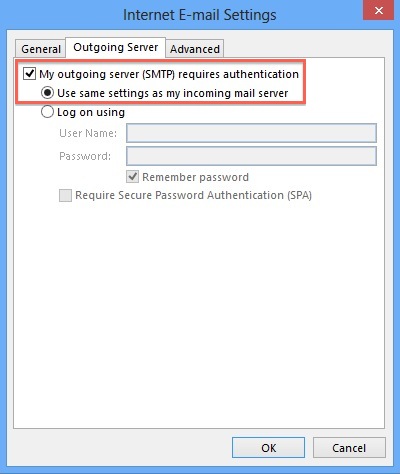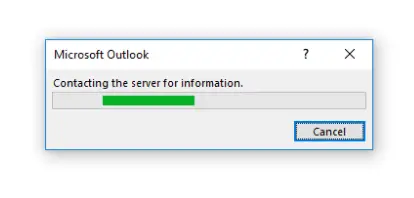

Additionally, POP only downloads emails from the Inbox (not personalized folders), so to download all of your emails, you'd need to move email from existing folders to the Inbox. This means that if you delete an email from your account after it's been downloaded, the downloaded copy remains in the app. POP downloads a copy of your emails from your account () to the app. There are two different protocols you can choose when setting up a third-party email app: POP or IMAP. You can use a third-party email app to download a copy of your AOL Mail email or to send and receive emails, if you'd prefer a different interface. Outgoing: SMTP – email users - Read our help article for port and server settings. Incoming: IMAP – – Port 993 if using SSL, Port 143 if using TLS/STARTTLS Incoming: POP – – Port 995 if using SSL, Port 110 if using TLS/STARTTLS Server settings: SSL and/or TLS/STARTTLS encryption should be enabled. Select the “Advanced” tab and change the “Outgoing server (SMTP)” port to 587.Į-Mail login format: Fully qualified (username and password are both case-sensitive) Select “Use same settings as my incoming mail server.” Select “My outgoing server (SMTP) requires authentication.” On the Internet E-mail Settings window, select the “Outgoing Server” tab.

On the POP and IMAP Account Settings window, enter your information as follows: On the Add Account window, select “Manual setup or additional server types” and click Next.įor your server type, select “POP or IMAP” and click Next. On the Account Settings window, click “New…” Next, Click “Yes” if prompted to allow Outlook to make changes to your device, then click “Email Accounts.” In Outlook, select “File” and click “Account Settings”, then “Manage Profiles”.

You can use this reference to set up previous versions of Microsoft Outlook. These settings are also similar in other versions of Microsoft Outlook. This reference focuses on setting up Microsoft Office 365 Outlook.


 0 kommentar(er)
0 kommentar(er)
